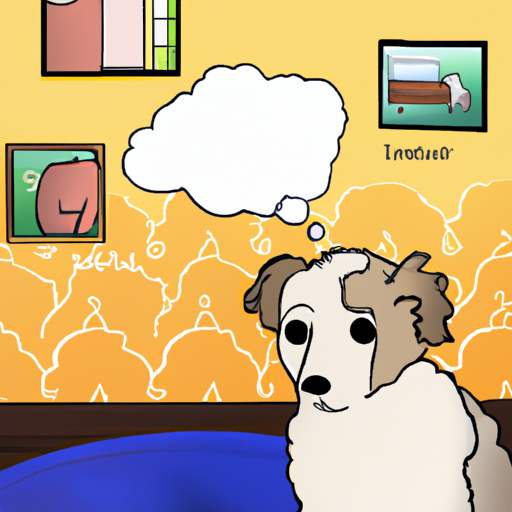Understanding Separation Anxiety in Dogs
Whether you’re a seasoned pet parent or a first-time dog owner, dealing with separation anxiety in your furry friend can be quite a challenge. It’s a heartbreaking sight to see our beloved companions distressed, and it can be even more agonizing when we don’t understand the cause of their distress. Understanding separation anxiety in dogs is the first step towards managing it.
Separation anxiety is a condition where dogs exhibit distress and behavior problems when separated from their attachment figures, usually their owners. They might resort to destructive behavior, excessive barking, or even self-harm in severe cases. It’s essential to understand that your pet isn’t acting out of spite or revenge. They’re simply unable to handle the overwhelming anxiety they feel when you’re not around.
Identifying Symptoms of Separation Anxiety
Identifying the symptoms of separation anxiety in your pet can be difficult, especially since they can’t communicate their feelings in words. However, there are some telltale signs you can look out for:
- Destructive behavior (chewing furniture, shoes, etc.)
- Excessive barking, whining, or howling
- Attempts to escape from the house or yard
- Pacing in an obsessive pattern
- Accidents in the house despite being house-trained
Strategies To Alleviate Separation Anxiety
Once you’ve identified the symptoms of separation anxiety in your dog, you can implement strategies to help them cope. Here are a few suggestions:
-
Create a Safe Space: A designated area where your dog feels secure can help reduce their anxiety. This could be a specific room, crate, or even their bed.
-
Use Distraction: Leaving your dog with a favorite toy or treat can distract them from your absence. Puzzle toys or treat-dispensing toys are especially effective.
-
Practice ‘Alone Time’: Gradually increasing the time your dog spends alone can help them get used to your absence. You can start with short periods and gradually increase the duration.
-
Consider Professional Help: If your dog’s anxiety is severe, it might be beneficial to enlist the help of a professional dog trainer or a veterinary behaviorist.
Products That Can Help
There are several products available in the market that can help alleviate your pet’s separation anxiety:
| Product | Description |
|---|---|
| Anti-Anxiety Wraps | These work on the principle of ‘pressure therapy’, much like swaddling a baby. |
| Pheromone Diffusers | These release calming dog pheromones that can help soothe your pet. |
| Interactive Toys | Toys that stimulate your dog’s mind can help distract them from your absence. |
FAQ
Q: Can separation anxiety in dogs be cured?
A: While there’s no ‘cure’ for separation anxiety, it can be effectively managed with the right strategies and patience.
Q: Can puppies have separation anxiety?
A: Yes, puppies can also experience separation anxiety. In fact, they might be more prone to it due to their dependency.
Q: Are certain dog breeds more prone to separation anxiety?
A: While any dog can develop separation anxiety, breeds known for their loyalty may be more susceptible.
Remember, dealing with separation anxiety in dogs requires patience, love, and consistency. Your furry friend depends on you to help them navigate this overwhelming emotion. It might be challenging, but the reward of seeing your pet happy and relaxed is worth every effort.



